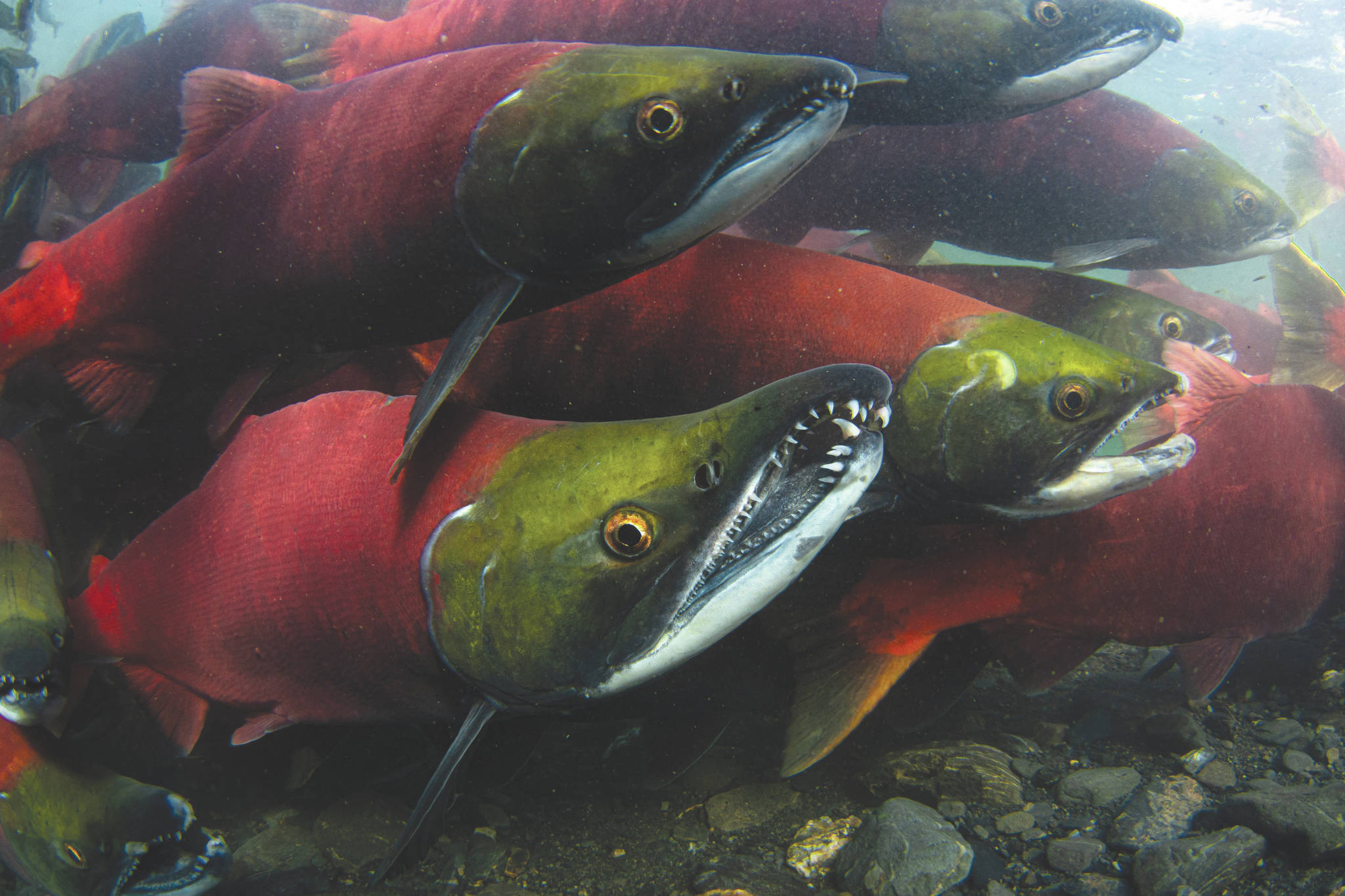Considering frigid Alaska waters, diving may not be many people’s first instinct. But cold-water diving on the Kenai Peninsula offers a unique opportunity to fish, interact with wildlife and explore.
Like many communities in Alaska, the diving community is a small and tightknit group of people who don dry suits and explore in water temperatures usually hovering between 35 and 45 degrees.
Kenny Regan, of Seward, is an avid diver, who spends his time exploring the waters near Resurrection Bay, spearfishing and photographing wildlife.
“Alaska has some of the best cold-water diving I’ve ever experienced,” Regan said. “The appeal of diving up here is how remote many of the sites are. Very few people have explored the area.”
The wildlife in these areas is extremely diverse, offering a wide range of creatures to explore while diving.
“There are playful Steller sea lions and curious giant Pacific octopus and abundant rockfish,” Regan said.
“A surprising fact is Alaska has many species of corals as well. The invertebrate life here is insane. Making for large walls of all sorts of colorful sponges, giant plumose anemones, and barnacles covering every square.”
Diving also gives the opportunity to see large wolf eels, grunt sculpins, greenling, jellyfish, crabs and more hiding in rocky crevices.
Spearfishing while diving, although not as free moving as it is in warmer climates due to bulky dry suits, is possible in Alaska’s waters.
“In Alaska we target rockfish and lingcod,” Regan said. “If I ever see a halibut diving, I’m sure we will get to know each other very quickly …”
According to Regan, spearfishing is appealing because of how selective and sustainable the fishing is. It allows anglers to be selective with their catch based on species, size and quantity. It doesn’t lead to by-catch, there is almost no gear loss, it doesn’t require bait and there is little harm done to surrounding underwater environments.
“I’ve had some great memories of spearfishing all day and grilling the fish right on the boat once we surface after a dive,” Regan said. “You can’t get much fresher than that.”
Regan has dived throughout the waters near Seward but warns that many of the dive sites on the Kenai Peninsula are accessible only by boat.
Smitty’s Cove in Whittier is a great place for shore diving, with local community members maintaining the cove as a good spot for training and winter diving. There is World War II wreckage, NOAA reef installations and vibrant marine life.
“Some of the other popular sites include a sunken barge off the Fox Island Spit, Cape Resurrection and Humpy Cove, which offers some great wall diving and a chance to see some feather starts. Other great areas, if you can get to them, are the Chiswell Islands and Aialik Bay,” Regan said.
To start diving, Regan recommends linking up with training or classes with an establishment like Dive Alaska in Anchorage.
“They can get you all the gear needed to begin diving and they offer classes from basic open water all the way to technical diving specialties,” Regan said. “If you are already certified and looking to get out and dive here in Seward I would highly recommend Seward Ocean Excursions. Captain Bixler is a diver and knows the area extremely well, always a great time going out with him.”
Once set up, divers can hone their underwater photography skills, their spearfishing ability or just enjoy seeing Alaska from a unique perspective.
“The main thing to remember, like with most things in Alaska, is that the conditions can be tough and the temperatures can be cold,” Regan said.
• By KAT SORENSEN, For the Peninsula Clarion

